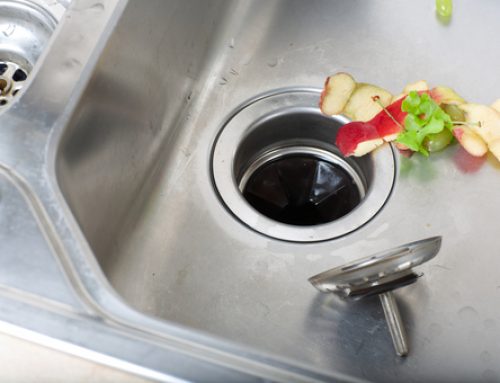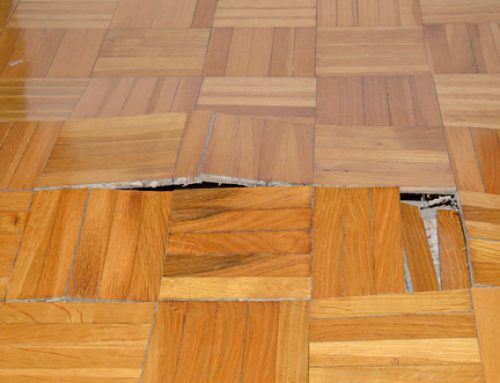Proper Plunger Techniques
Don’t get us wrong; we are happy to visit your home when you need plumbing services. At the same time, when your kitchen or bathroom sink is clogged, you need to do the right thing or risk damaging your pipes. Then, you will have no choice. You have to call us.
Before Using a Plunger – Dos and Don’ts

- DO try to flush the clog by adding a tablespoon of dishwashing liquid to a large pot of boiling water. There’s a chance it could be a grease clog in or near the garbage disposal, and it may be flushed by pouring the soapy, boiling water down the drain.
- DO examine the strainer or stopper to see if hair and soap scum are trapped, creating a blockage. To remove the stopper, twist it counter-clockwise (lefty loosey; righty tighty), clean it, and insert a wire into the drain. Twist the wire and pull the blockage up and out.
- DON’T use caustic chemicals to unclog your drain. Commercial chemical drain openers can harm your pipes and your family.
- DO try a biodegradable drain cleaner.
You’re Ready to Take the Plunge
. . . Plunger, that is.
- DON’T use the plunger if you poured chemical drain opener into the drain. The toxic liquid could splash your skin and cause a chemical burn.
- DO block the overflow drain with wet dishcloths. Take the plunger and position it directly over the drain and firmly plunge down and up several times. On your last plunge, use a little extra strength to jerk the plunger upward and out.
- DON’T use excessive force when plunging a clog. Too much pressure can damage the drain line connection and ruin the trap.
- DO use a plumber’s snake if plunging didn’t work. When you encounter resistance, you’ve found the clog. Keep cranking and rotate the auger.
Don’t Hesitate to Call 281.661.4283
When using a plunger doesn’t work, or you are worried you might cause more damage, your plumbing professionals at Bradbury Brothers Services can provide the fast fix and long-term solutions. Please contact us if you have any questions.




